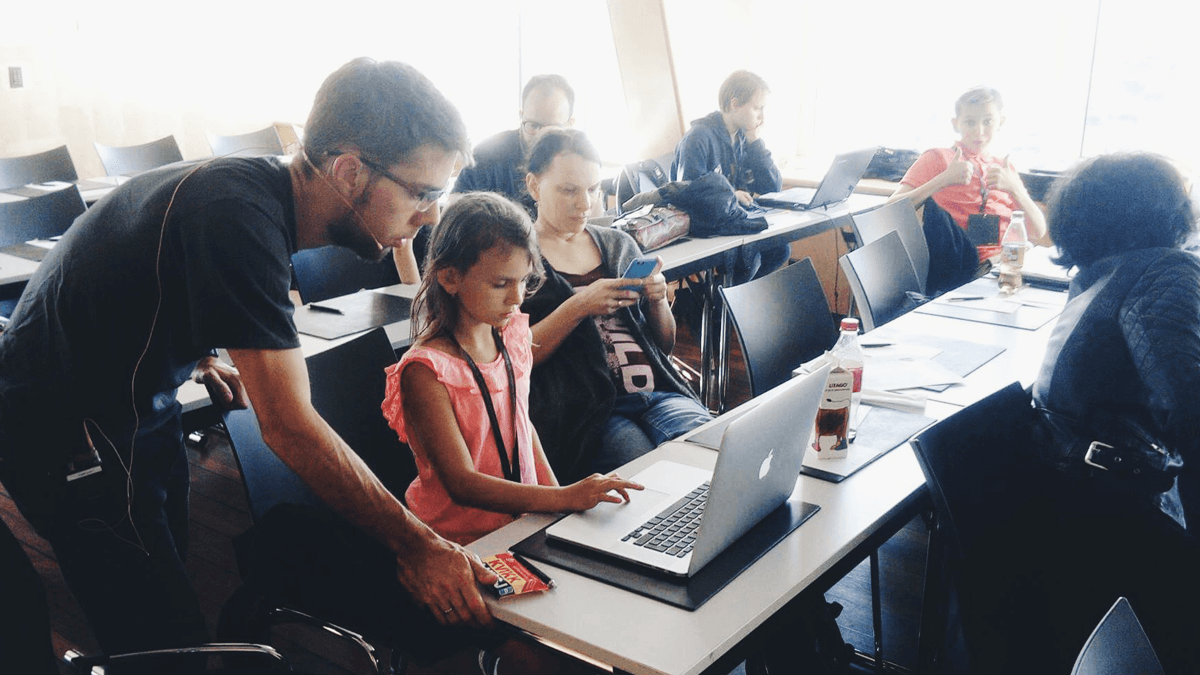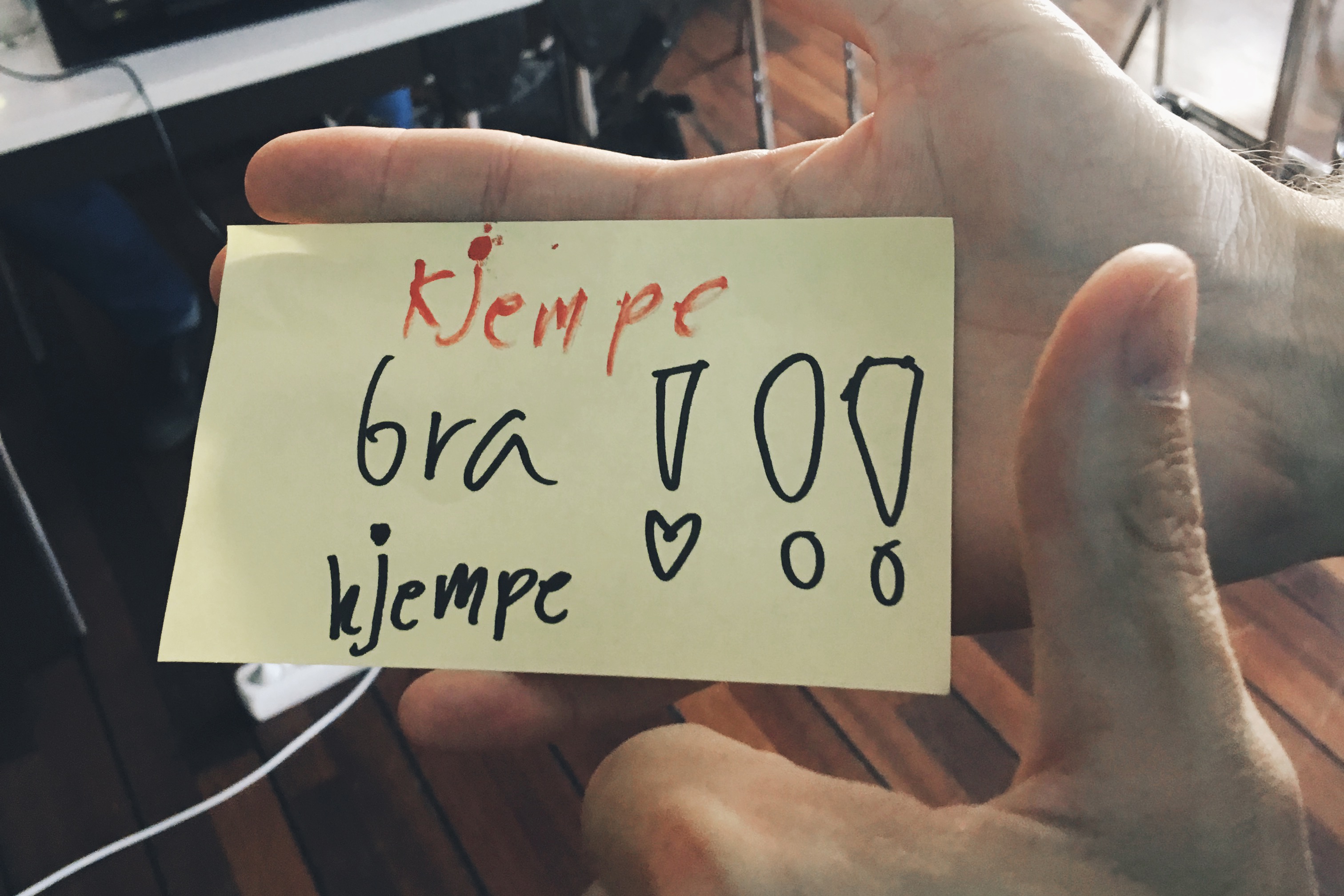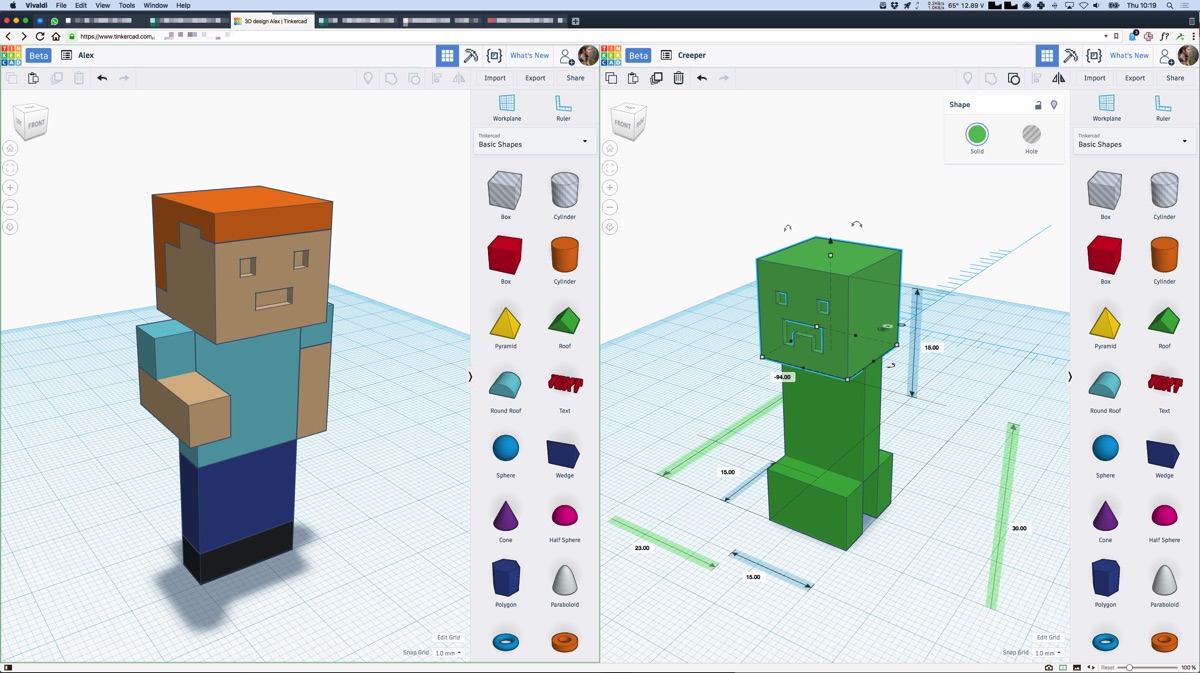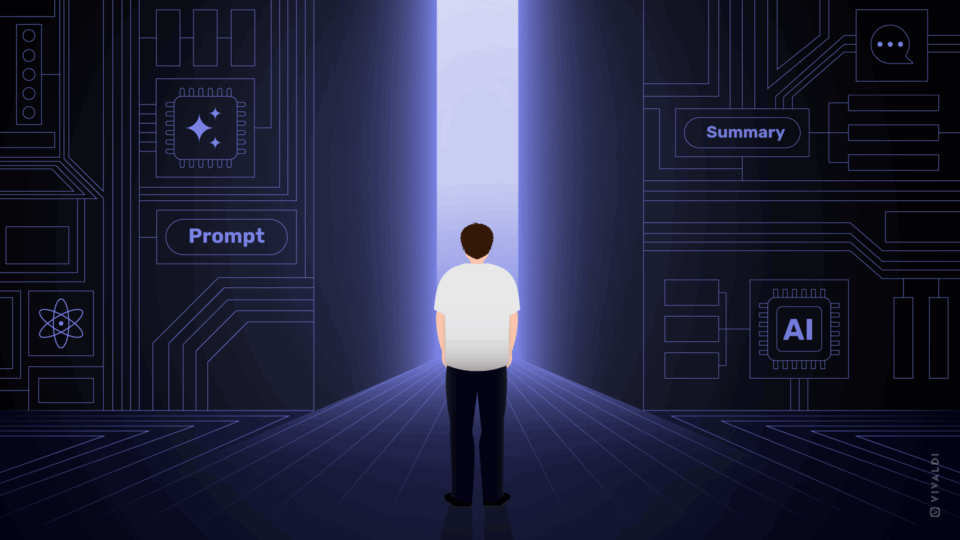
Yesterday, I ran a free 3D modeling workshop for children at the Norwegian Developers Conference in Oslo – and guess what. They loved it, and so did I!
The workshop was part of the “Lær Kidsa Koding” (“Teach kids coding”) initiative by the Norwegian Code Club. We had kids from 8 years old and up, and seeing their faces light up in fascination of the incredible 3D printing technology was more than I could have asked for. And I got notes after the workshop from the kids saying “Kjempe bra!” (“Very good” in Norwegian), which was very sweet.

The workshop
The idea was for the kids to get an easy introduction to 3D modeling using Tinkercad.
We started off by making a figurine from Minecraft, and it worked out pretty well. The kids got to take these figurines home with them as a souvenir (and a reminder to nag their parents about buying a 3D printer, I’m sure). The software we used is free, and all the kids needed was a browser.
You may have guessed it, I have been running the workshop in the Vivaldi browser. There are a couple of features that make all the difference to the process – especially Notes and Tab Tiling. With Notes, I could always have my dimensions at hand at any point. Tab Tiling allowed me to have the picture of a model and the modeling software in a split-screen view, so I didn’t have to go back and forth.

It was great to see how kids were using Vivaldi to model their Minecraft figurines, and how their parents, most of them developers, have embraced our little piece of software in the process.
Why 3D modeling?
3D modeling affects many aspects of our lives – so many things we see around us have been either programmed or designed in a 3D program. With this workshop, wanted the children to see the possibilities of 3D design and hoped to spark an interest towards digital professions in young minds. I think I may have managed!
My 3D romance
My fascination with 3D modeling started about 15 years ago when I was working in advertising and rendered house models. Fast forward to today – we now have these amazing 3D printers that take stuff from our screens and turn it into real, physical objects. I really enjoy making things, so it seemed like an obvious interest to jump onto.
I try to print objects that are useful. When we renovated our kitchen, there was this big hole in the ceiling, and I modelled the negative shape of the wooden panels and glued it in. This way, I didn’t need to tear the entire ceiling paneling down – I’m too lazy for that!
There is also this website, Hubs, where you can join a global network and offer your 3D printer for people who want to have something printed for them. I’m on that site, and every now and again a random order ticks in. A couple of weeks back, I printed a robotic hand for some students in Denmark. Those things are fun, it feels like it’s something more meaningful than just printing little knick-knacks.
My wife is into jewelry, so I’m helping her to create molds. I have made wheels for my son’s car. Anything goes.
Speaking of my son…
It’s kind of weird but he’s gotten so used to the concept of 3D printing. Every time something breaks, he’s just like, “Well, just make a new one”. He has no idea how amazing this stuff actually is! He takes it for granted that his dad’s machine makes stuff.
It’s all good though, and I want to teach him the value of making things. I always try to show him that if something’s broken, it can be fixed. We can glue it or 3D-print a missing part. We don’t need to throw that item away instantly, but instead, we can extend its life by fixing it. As he grows up, the use of 3D printers will be so widespread that they may as well become common household object. So more valuable the importance of teaching them early!
Updated September 7th, 2021: 3D Hubs is now Hubs

